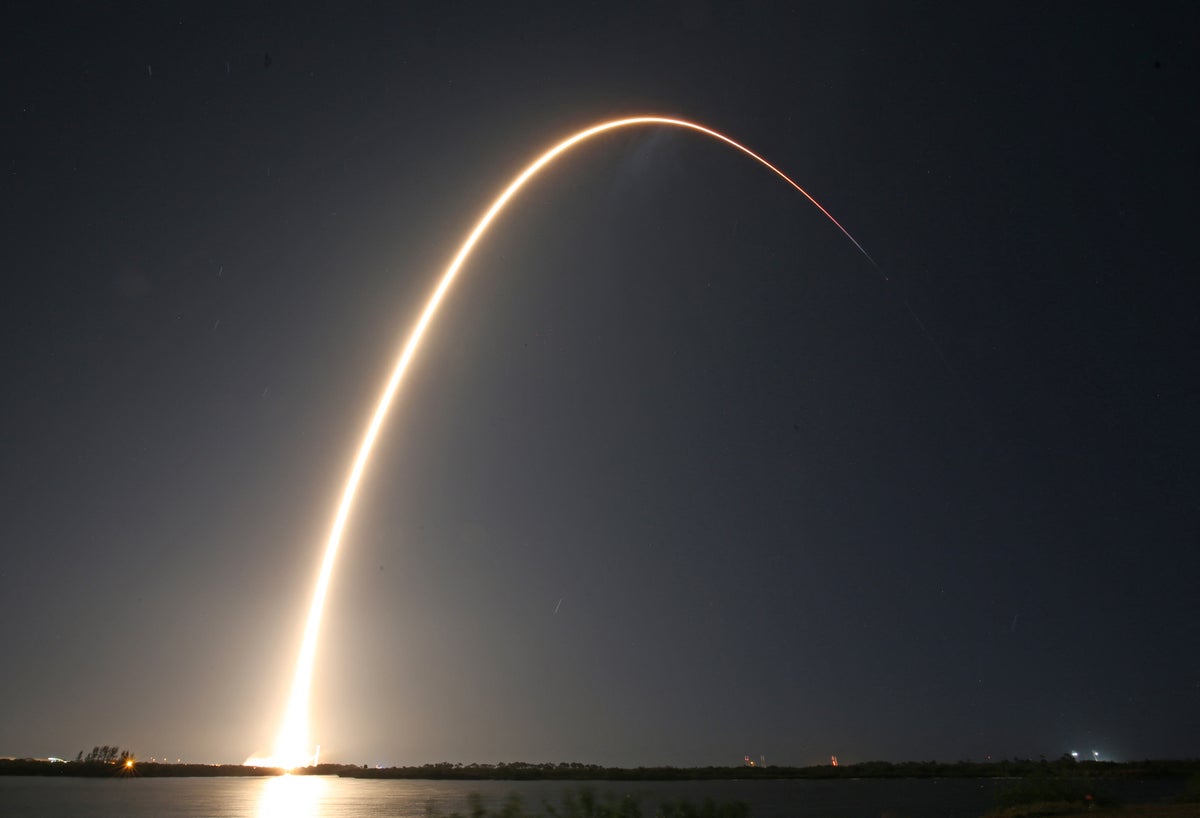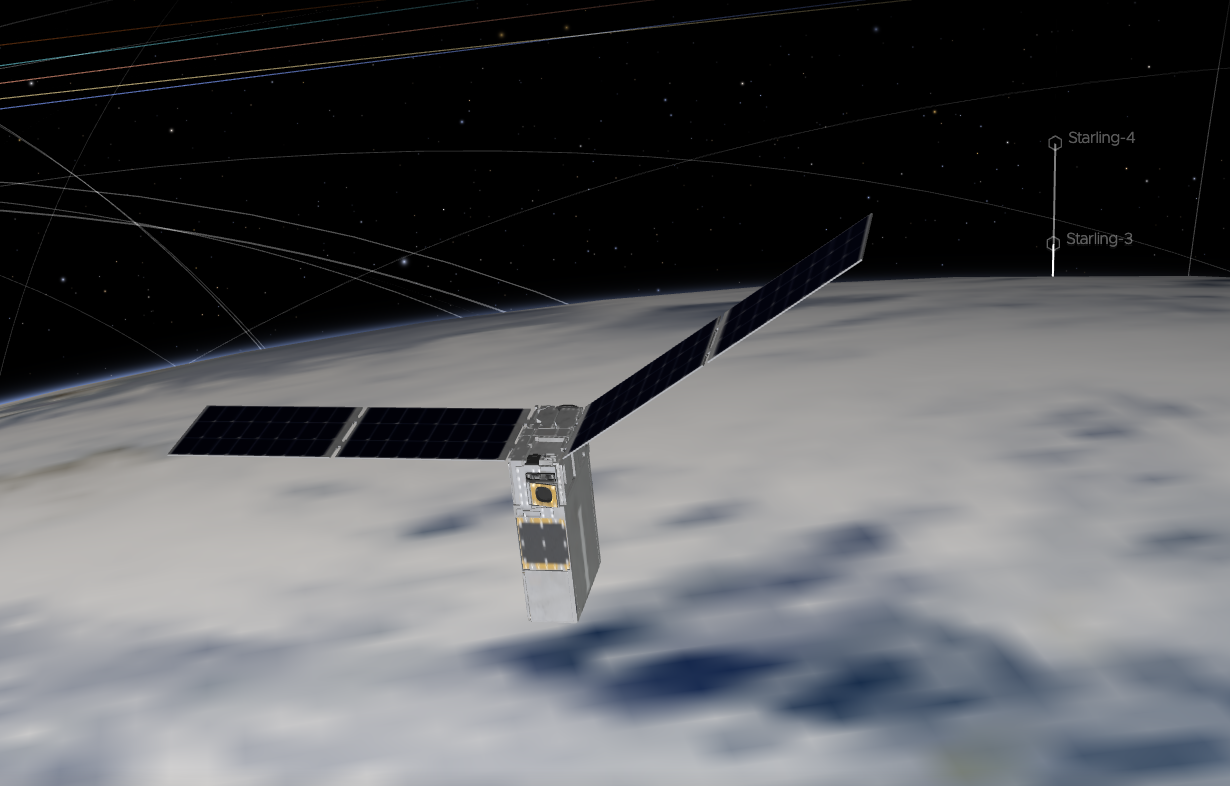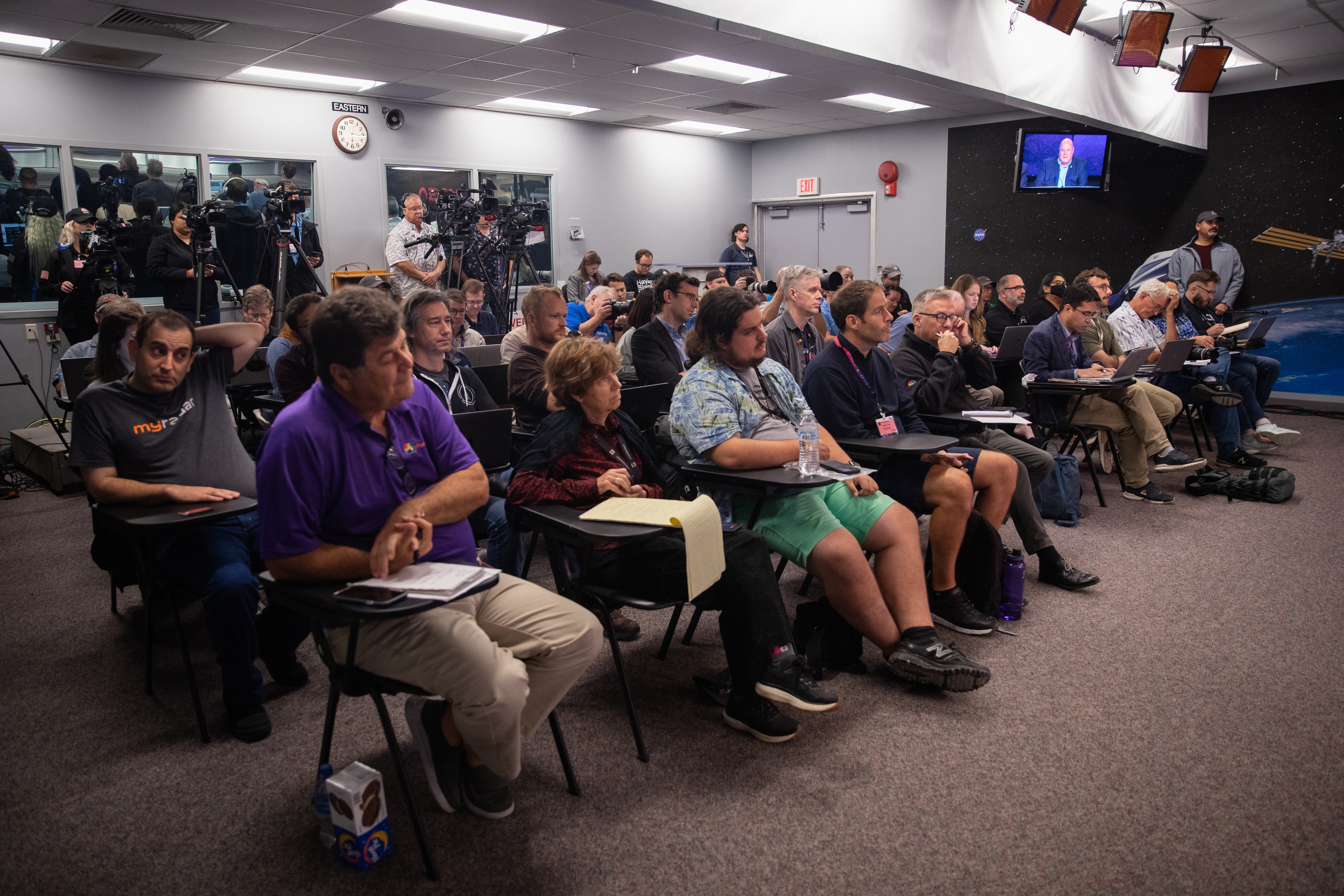Electro-luminescently Cooled Zero-boil-off Propellant Depots Enabling Crewed Exploration of Mars
Aaswath Pattabhi RamanUniversity of California, Los Angeles Exploration of Mars has captivated the public in recent decades with high-profile robotic missions and the images they have acquired seeding our collective imagination. NASA is actively planning for human exploration of Mars and laid out some of the key capabilities that must be developed to execute successful, […]
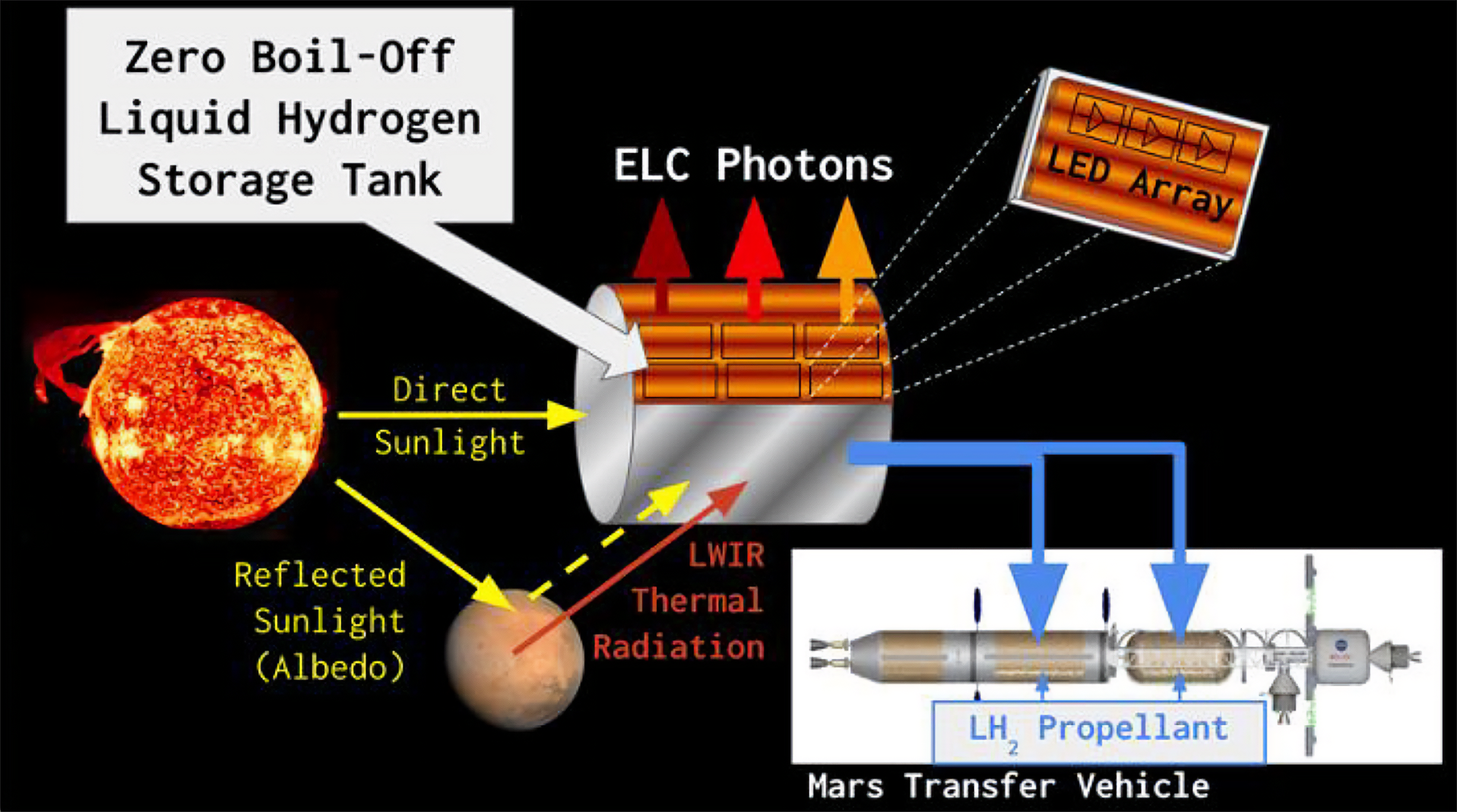
3 min read
Preparations for Next Moonwalk Simulations Underway (and Underwater)
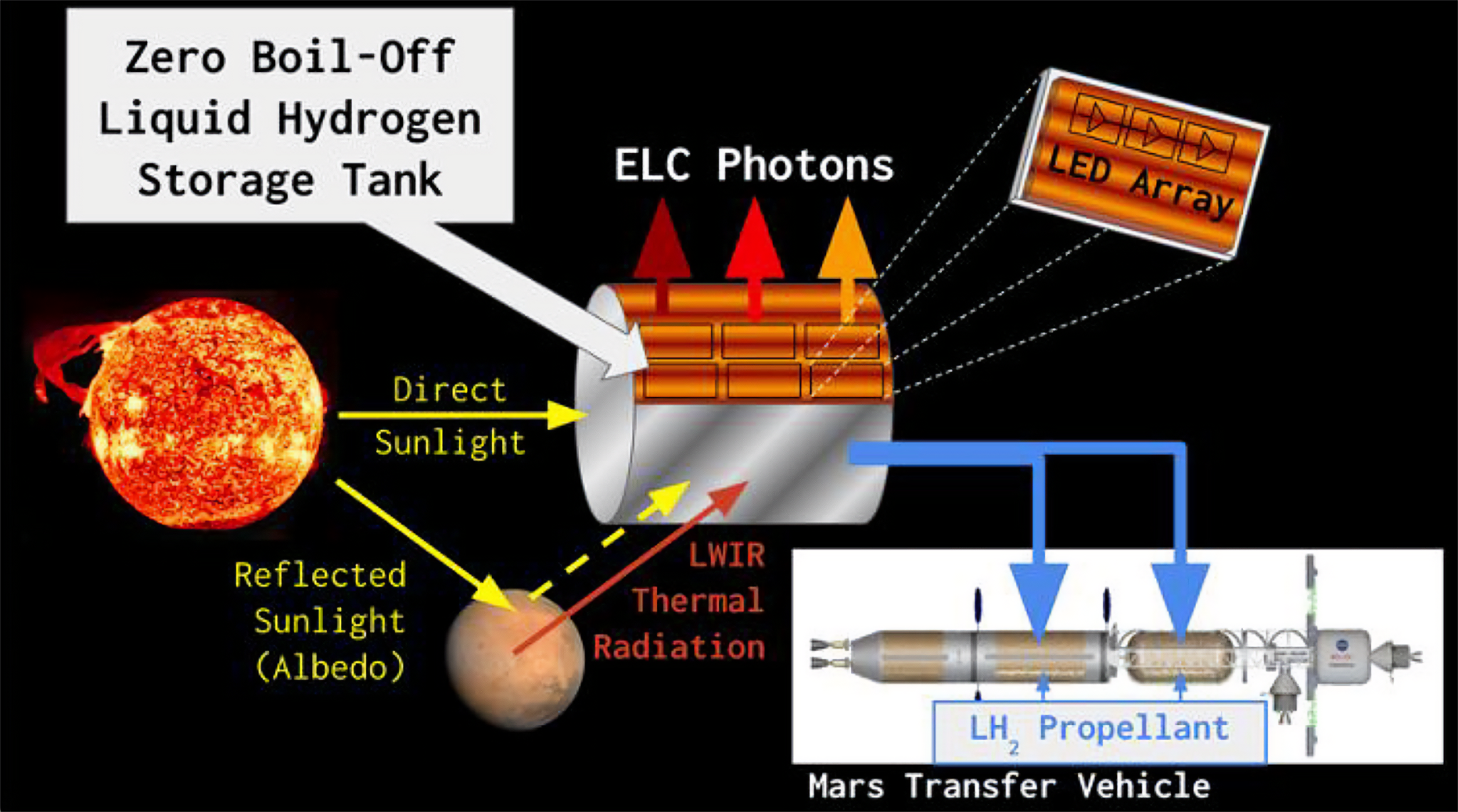
Aaswath Pattabhi Raman
University of California, Los Angeles
Exploration of Mars has captivated the public in recent decades with high-profile robotic missions and the images they have acquired seeding our collective imagination. NASA is actively planning for human exploration of Mars and laid out some of the key capabilities that must be developed to execute successful, cost-effective programs that would put human beings on the surface of another planet and bring them home safely. One crucial area where new missions and enabling technologies are needed is the long-duration storage of cryogenic propellants in various space environments; relevant propellants include liquid Hydrogen (LH2) for high specific impulse Nuclear Thermal Propulsion (NTP) which can be deployed in strategic locations in advance of a mission. Such LH2 storage tanks could be used to refill a crewed Mars Transfer Vehicle (MTV) to send and bring astronauts home quickly, safely, and cost-effectively.
We propose a breakthrough mission concept: a cryogenic liquid storage depot capable of storing LH2 with ZBO even in the severe and fluctuating thermal environment of LEO. Our innovative storage depot mission employs thin, lightweight, all-solid-state panels attached to the tank’s deep-space-facing surfaces that utilize a long-understood but as-yet-unrealized cooling technology known as Electro-Luminescent Cooling (ELC) to reject heat from cold solid surfaces as non-equilibrium thermal radiation with orders of magnitude more power density than Planck’s Law permits for equilibrium thermal radiation. Such a depot and tank would drastically lower the cost and complexity of propulsion systems for crewed Mars missions and other deep space exploration by allowing spacecraft to refill propellant tanks after reaching orbit rather than launching on the much larger rocket required to lift the spacecraft in a single-use stage. To achieve ZBO, a storage spacecraft must keep the storage tank’s temperature below the boiling point of the cryogen
(e.g., ≈20 K for liquid H2). Achieving this in LEO-like thermal environments requires both excellent reflectivity toward sunlight and thermal radiation from the Earth and other nearby bodies as well as a power-efficient cooling mechanism to remove what little heat inevitably does leak in, a pair of conditions ideally suited to the the ELC panel concept that enables our mission. By enabling ZBO LH2 storage in LEO, our mission will enable cost-effective, and flexible crewed exploration of Mars. Our mission will also demonstrate capabilities with ancillary benefits to cryogenic storage in terrestrial applications and solid-state cooling technologies more generally.
What's Your Reaction?





















